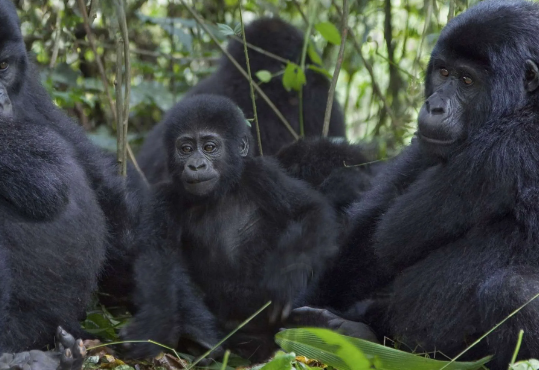Gorilla Family Structure Explained
Gorillas are fascinating creatures with complex social structures that offer insight into their behavior and interactions. Understanding these family dynamics can enhance our appreciation for these gentle giants and highlight the importance of their conservation.
The Silverback: The Leader of the Family
In a gorilla family, the silverback male holds a central role as the leader. Typically the largest and strongest member, the silverback is responsible for the safety and wellbeing of the group, which often includes several females and their offspring. This male not only protects the family from threats but also manages group dynamics, maintaining peace and order. His presence is vital for the cohesion of the family, as he monitors interactions and ensures harmony among members.
The Role of Females in Gorilla Families
Female gorillas play a crucial role in the family unit, often forming strong bonds with one another and with their young. Mothers are the primary caregivers, nurturing and teaching their offspring essential survival skills. Female gorillas usually support each other in raising young, fostering a cooperative environment. This nurturing behavior not only helps in the upbringing of the young but also strengthens social ties among females, ensuring the family’s overall stability.
The Importance of Offspring
Gorilla offspring are key to the continuity of the family structure. Infants are typically born after a gestation period of about nine months and rely heavily on their mothers for care. As they grow, young gorillas learn vital social skills by observing and interacting with their family members. The family structure provides a protective environment where they can thrive and develop into mature members of the group. Offspring also contribute to genetic diversity, which is essential for the species’ long-term survival.
In conclusion, the family structure of gorillas is a remarkable example of social complexity in the animal kingdom. From the leadership of the silverback to the nurturing roles of females and the importance of offspring, each member plays a vital part in maintaining the family unit. By learning more about gorillas and their behaviors, we can foster greater empathy and support for conservation efforts that protect these incredible creatures in their natural habitats. If you’re curious to learn more about gorillas and their magnificent lives, consider visiting a wildlife sanctuary or participating in conservation projects.

